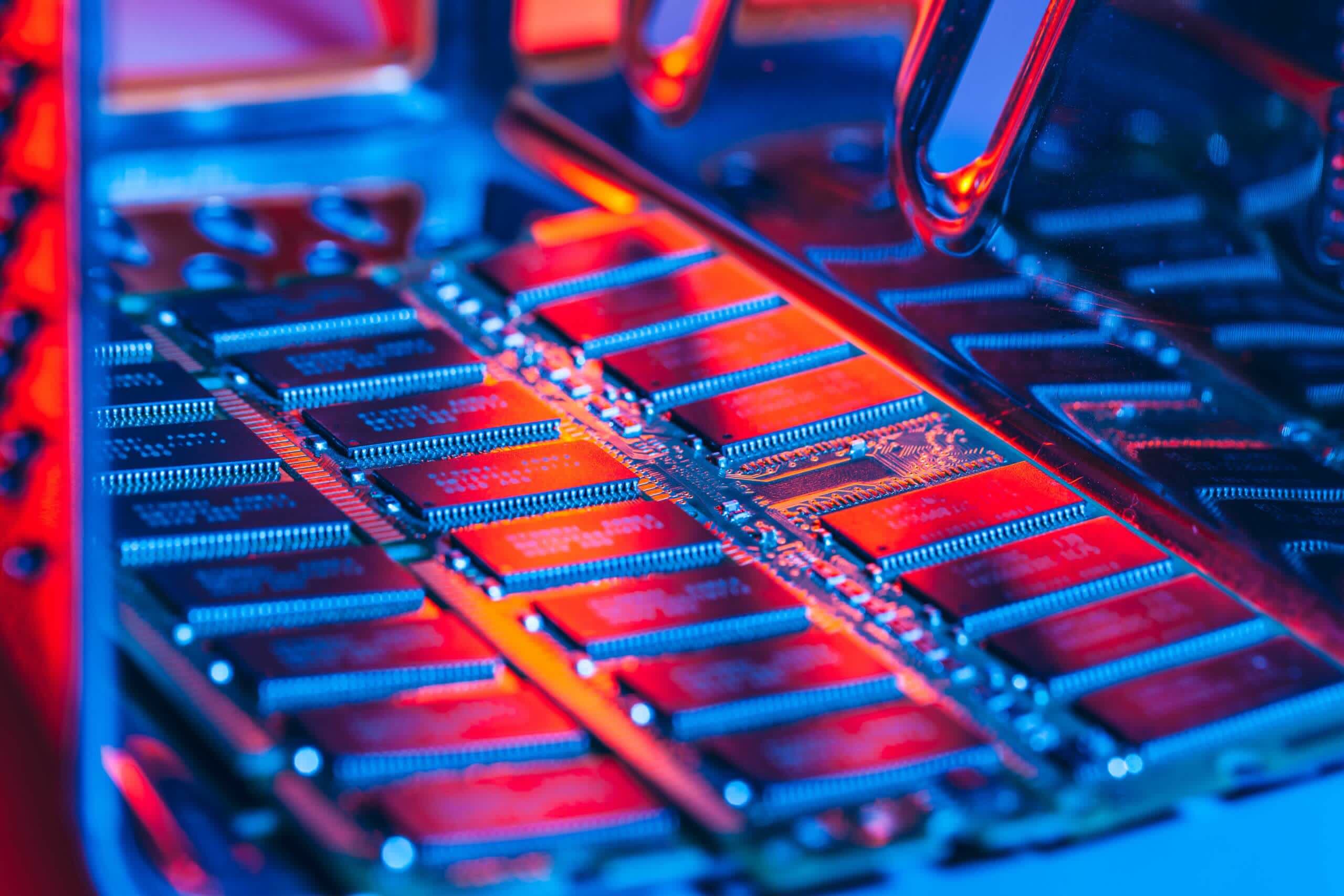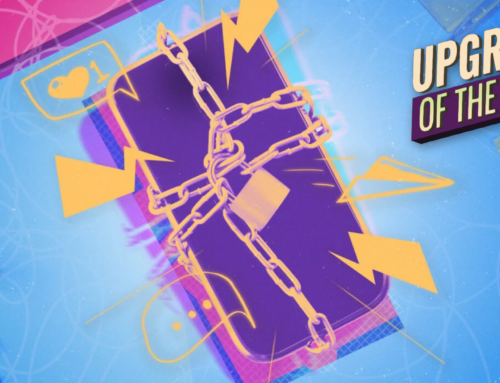Forward-looking: The Intel 12th-gen Core Alder Lake launch officially brought DDR5 into the mainstream, giving users the option to select a legacy DDR4 or new DDR5-based platform. Unfortunately, ongoing material shortages and shipping delays have already made the new memory all but non-existent for most consumers. Despite the current platform’s availability and maturity challenges, Samsung has outlined future plans for the next generation of ultra-fast memory.
DDR5 is currently the new kid on the block. It’s bigger, faster (in some ways, anyway) and unfortunately very hard to find. Since the release of the new DDR standard, and now with Intel’s 12th-gen Alder Lake CPUs, enthusiasts have been eager to get their hands on any DDR5 memory kits to leverage the increase in memory speed and capacity. During this year’s Samsung’s Tech Day, the company tipped their hand and revealed plans for their next generation memory development, which is sure to capture the attention of speed freaks everywhere.
DDR5 doubled DDR4’s JEDEC standard speed, increasing from 3200 megatransfers per second (MT/s) to 6400 MT/s. While not yet accepted as a JEDEC standard, Samsung aims to again double the accepted standard speed with DDR6, increasing it to a whopping 12,800 MT/s, with theoretical overclock speeds as high as 17,000 MT/s. The standard is currently in the early stages of development and scheduled for acceptance some time in 2024.
DDR6 isn’t the only new memory standard on the horizon. Samsung also alluded to further development of the graphic-centric GDDR6, with a planned GDDR6+ standard reaching speeds of up to 24,000 MT/s.
Samsung is also hot on the heels of one of their main competitors, SK Hynix, who recently completed their first run of high-bandwidth memory 3 (HBM3). Samsung plans to pursue HBM3 production as early as Q2 2022. HBM memory offers high performance computing (HPC) users a faster, more power efficient, but higher priced alternative to traditional GDDR memory. The previous generation, HBM2, was used in AMD’s Vega, Radeon VII, and Radeon Pro series GPUs as well certain as Nvidia GPUs including the Titan V and Quadro GP100.
Like DDR5, DDR6 will increase the number of channels and banks on each module. These architectural differences, as well as other factors such as memory timings, latency, power management, and error correction code (ECC) capabilities, are all factors contributing to Samsung’s ability to continue pushing the boundaries of memory speed and reliability.







